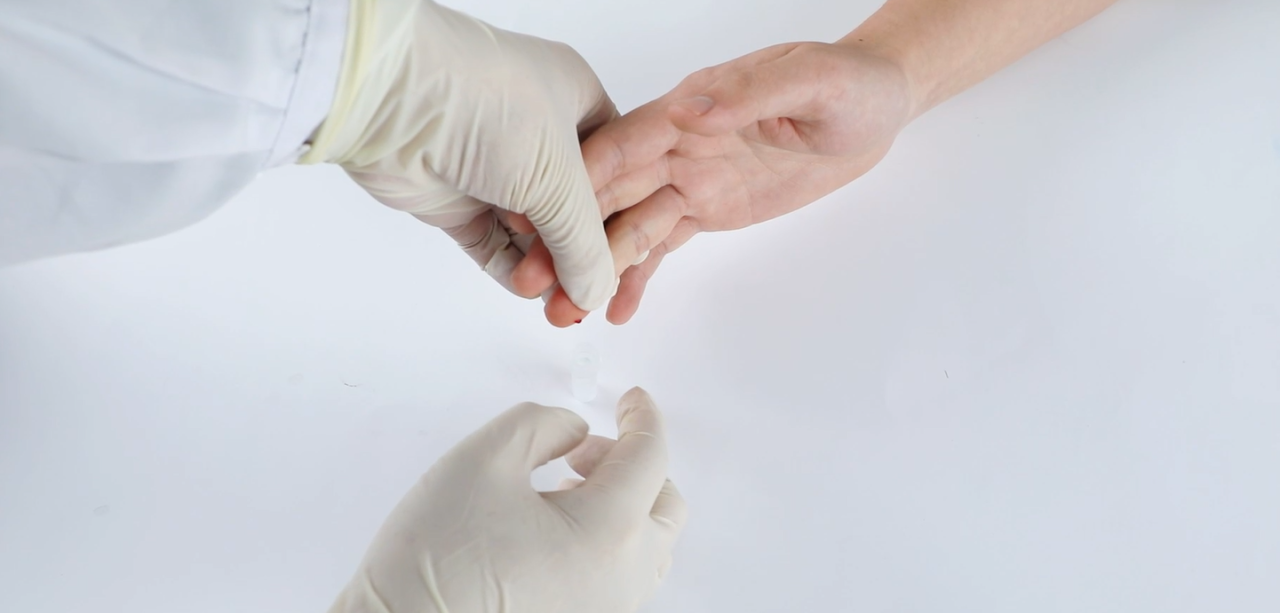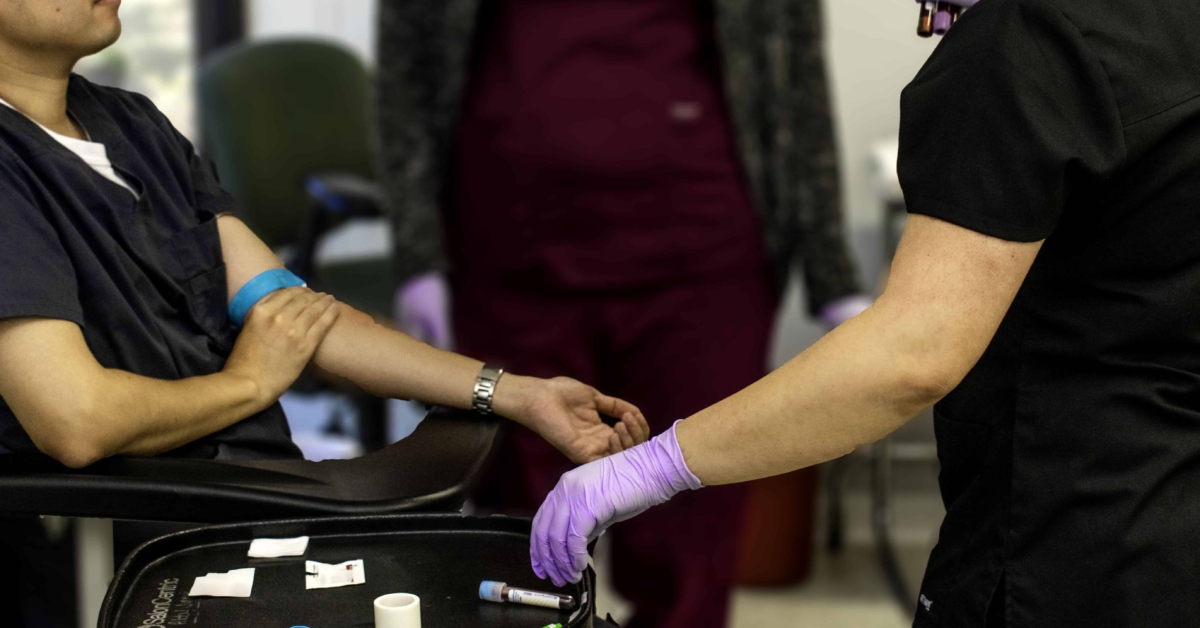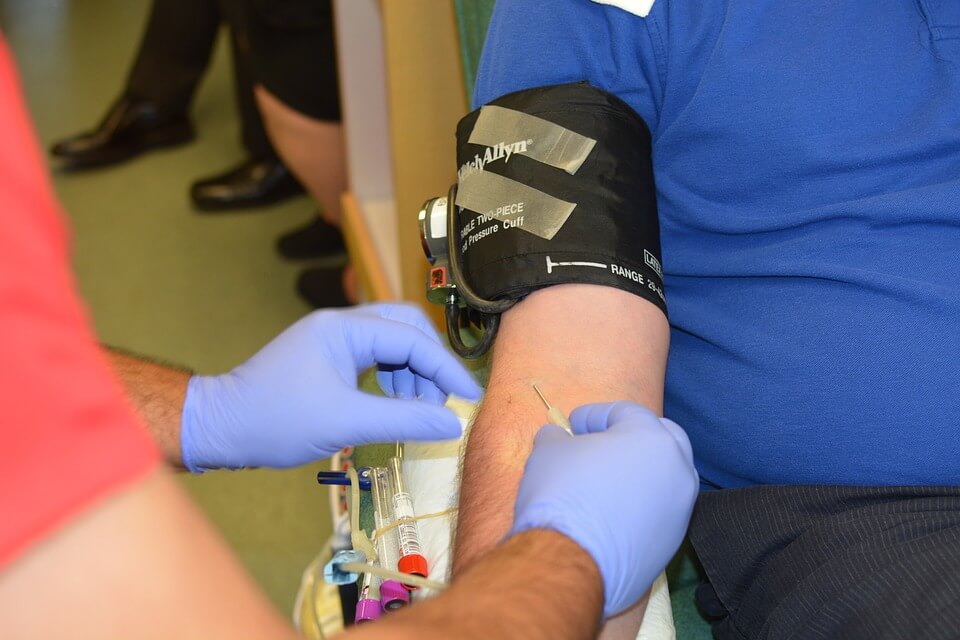Prevent Bruising After Blood Draw
Prevent Bruising After Blood Draw - Taking them makes you more prone to bruising genetics. Take medications called anticoagulants that reduce blood clotting, such as aspirin, warfarin (coumadin), and clopidogrel. After piercing the skin, the needle travels a short distance beneath the skin before reaching the superficial vein. After the needle is withdrawn, apply firm pressure to the site to help the vein clot and close,. These injured blood vessels leak a small amount of blood, which collects in the area as a bruise.
Collapsed vein a collapsed vein is a blown vein that has caved in, which means that blood can no longer flow freely through that vein. Web keep your bandage on for the recommended amount of time (unless you experience skin irritation at the puncture site). Web there are certain measures that medical professionals as well as patients can take to prevent or lessen bruising after a blood draw. Avoid heavy lifting after donating blood. Applying a cold compress : You can always use ice or a cold pack to help reduce any pain or discomfort if bruising does occur. Web to help your bruise heal properly, you can:
Medical Career Academy Why You Bruise After a Blood Draw and How to
These injured blood vessels leak a small amount of blood, which collects in the area as a bruise. Web bruising after a blood draw is a common occurrence, but it can be minimized with the right strategies and treatment options. A cold compress may help relieve pain. Take medications called anticoagulants that reduce blood clotting,.
Bruising after a blood draw What does it mean?
Unexplained bruises could be a sign of an underlying medical. Web pathology collectors (and phlebotomists) can do their patients a service by explaining the importance of applying pressure to the venepuncture site with a cotton pad after the blood draw (as this helps avoid bruising). Refrain from strenuous activities and lifting heavy objects for a.
Why does bruising occur after blood draw? How should I avoid it?
Thinner needle medical professionals are advised by the who to use a thinner needle, the maximum gauge recommended is 22, especially for elderly patients. Bruises change color as they heal and most don’t need treatment. Let your bruise heal properly, which means that you should avoid carrying anything heavy for the next 36 hours,. Refrain.
Bruising After Blood Draw Bruise After Drawn Blood On Arm Stock Photo
Tell the provider who’s inserting your needle if you have a history of blown veins. While there i had my blood drawn for testing. Drinking plenty of water and eating a small. Never put it directly on your skin as it can damage your tissues, but rather wrap. If you’ve had blown veins before, you.
Bruising after a blood draw What to know South Florida Reporter
A cold compress may help relieve pain. Web keep your bandage on for the recommended amount of time (unless you experience skin irritation at the puncture site). Web pathology collectors (and phlebotomists) can do their patients a service by explaining the importance of applying pressure to the venepuncture site with a cotton pad after the.
Why does bruising occur after blood draw? How should I avoid it?
Web pathology collectors (and phlebotomists) can do their patients a service by explaining the importance of applying pressure to the venepuncture site with a cotton pad after the blood draw (as this helps avoid bruising). Refrain from strenuous activities and lifting heavy objects for a few days. Thinner needle medical professionals are advised by the.
Bruising after a blood draw What does it mean?
A cold compress may help relieve pain. Tell them which veins are. For something that has thankfully subsided. If you’ve had blown veins before, you might feel nervous every time a needle. Bruises look like a mark on your skin that’s black and blue or red to purple. Never put it directly on your skin.
prevent bruising after blood donation PhlebotomyU
Collapsed vein a collapsed vein is a blown vein that has caved in, which means that blood can no longer flow freely through that vein. This is usually at least four to six hours after your blood draw. A cold compress may help relieve pain. Web you might be more prone to bruising during or.
What Causes Bruising After a Blood Draw? Preventing Bruising During
You can always use ice or a cold pack to help reduce any pain or discomfort if bruising does occur. Web “ecchymosis” is the medical term for bruises. Web but here are some steps you can take to lower your risk: Web drugs like aspirin, warfarin, and clopidogrel reduce blood clotting. Applying a cold compress.
Is It Normal To Bruise After Getting Blood Drawn?
Web avoid wearing tight clothing as tight clothes can prevent proper blood flow and constrict blood vessels, increasing the risk for bruising. Web follow the rice system: Web to relieve any discomfort, a person can try: The r.i.c.e guidance may help to speed up bruise recovery: If a bruise does form, apply a cold pack.
Prevent Bruising After Blood Draw Drinking plenty of water and eating a small. During the blood draw, the nurse typically inserts the needle at a specific angle (usually 15°) to ensure proper insertion into the vein. Web but here are some steps you can take to lower your risk: Web to relieve any discomfort, a person can try: Some people naturally have fragile blood vessels, making them more.
Web Follow The Rice System:
Tell them which veins are. They’re caused by a blood vessel break. Bruises change color as they heal and most don’t need treatment. Cold compresses, resting the area of injection, and elevating the bruised.
Web To Help Your Bruise Heal Properly, You Can:
Web but here are some steps you can take to lower your risk: Usually, the bruising disappears in a couple of days. Web here are some tips to try: The r.i.c.e guidance may help to speed up bruise recovery:
Let Your Bruise Heal Properly, Which Means That You Should Avoid Carrying Anything Heavy For The Next 36 Hours,.
Web there are certain measures that medical professionals as well as patients can take to prevent or lessen bruising after a blood draw. Web bruising bruising is possible after blood donation, and although sometimes the bruise may look quite serious and dramatic most are harmless and will disappear over time. Web bruising after a blood draw is a common occurrence, but it can be minimized with the right strategies and treatment options. Web why is arm bruised & vein swollen after blood draw at er?
During The Blood Draw, The Nurse Typically Inserts The Needle At A Specific Angle (Usually 15°) To Ensure Proper Insertion Into The Vein.
Avoid heavy lifting after donating blood. Thinner needle medical professionals are advised by the who to use a thinner needle, the maximum gauge recommended is 22, especially for elderly patients. Note that you should wait at least 24 hours to take aspirin or ibuprofen. Tell the provider who’s inserting your needle if you have a history of blown veins.










